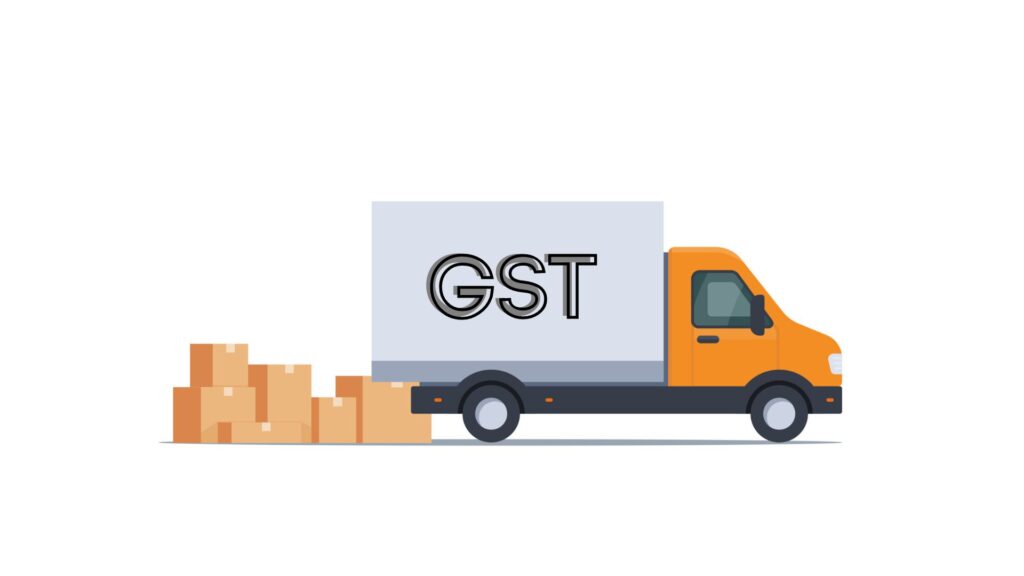
24 May The Onus is on the Assessee: A Legal Perspective

Introduction
In the intricate landscape of taxation, the responsibility to substantiate claims often rests on the taxpayer. The case of Roshan Sharma v. Assistant Commissioner of Revenue, State Tax, West Bengal & Ors. sheds light on the pivotal issue of proving the movement of goods and services, highlighting the complexities and legal nuances involved.
Facts of the Case
The scenario unfolded with Roshan Sharma, the Appellant, contesting the cancellation of the selling dealer’s registration with retrospective effect. Despite transactions occurring when the dealer’s registration was deemed valid, the Appellant struggled to demonstrate the movement of goods effectively.
Issue
The core contention revolved around determining whether the burden lay on the Assessee to validate the movement of goods and services.
Held
In the judicial pronouncement of M.A.T. 854 of 2024, the Hon’ble Calcutta High Court articulated several crucial directives and observations:
- The Adjudicating Authority was directed to furnish copies of statements from suppliers and transporters to the Appellant promptly.
- Emphasis was laid on expeditious adjudication, preferably within 60 days, ensuring a fair opportunity for the Assessee to present further explanations and evidence.
- Notwithstanding a negative balance in the credit ledger, any prejudicial effect on the Appellant was averted, subject to the flow of funds into the ledger.
- The Court underscored the Assessee's obligation to furnish compelling evidence to substantiate the movement of goods. Failure to provide such evidence, compounded by the lack of opportunity to cross-examine suppliers and transporters, necessitated a remand for fresh consideration by the Adjudicating Authority.
Conclusion
The verdict of the Hon’ble Calcutta High Court in the case of Roshan Sharma v. Assistant Commissioner of Revenue underscores the critical importance of due process and the burden of proof in taxation matters. It emphasizes the need for a fair and transparent adjudication process, ensuring that taxpayers are afforded adequate opportunities to substantiate their claims.


No Comments